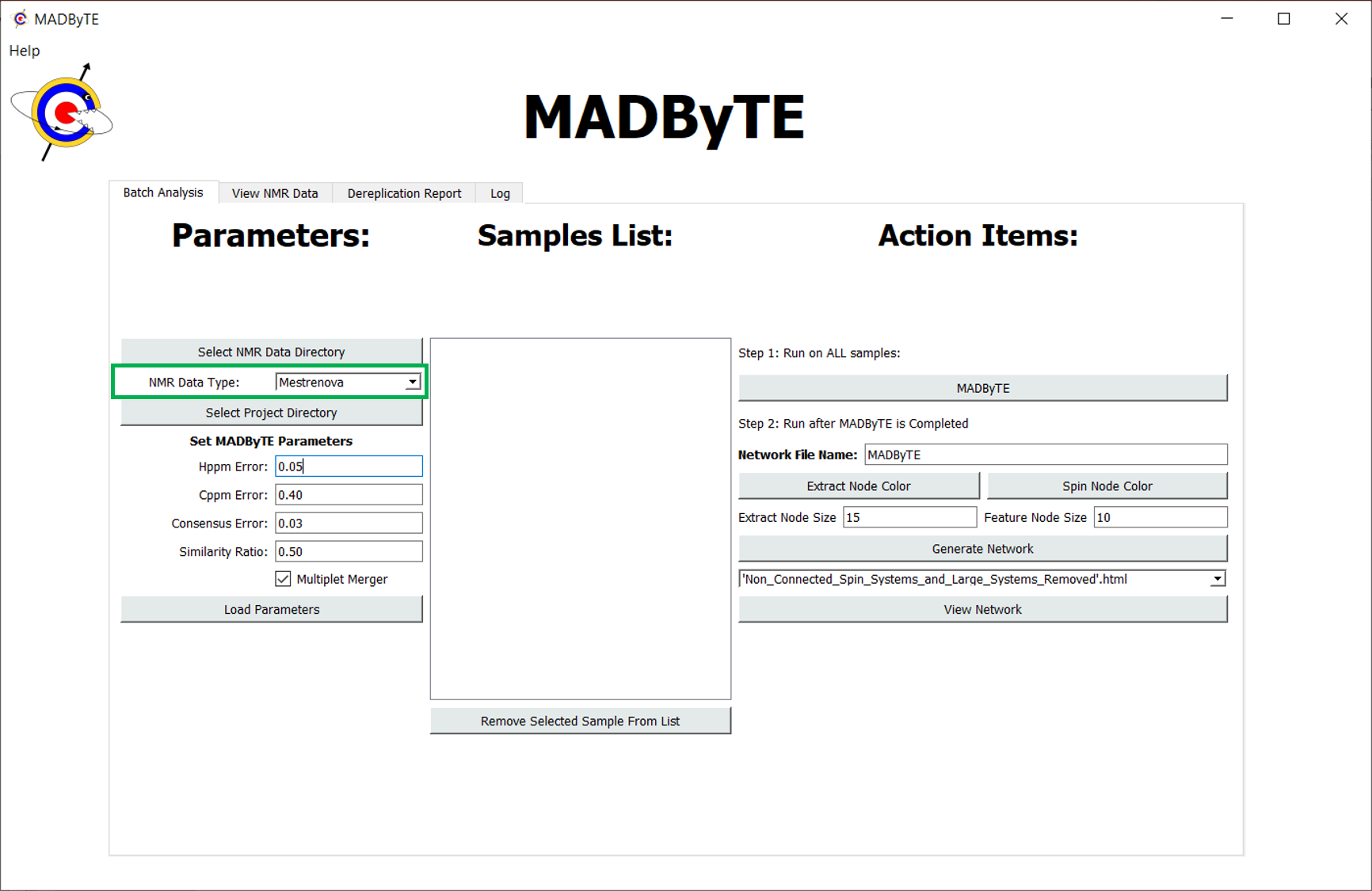Dereplication - or the identification of metabolites early in the drug discovery process - is a cornerstone of modern natural product workflows. The goal is to identify compounds that you know about, so that if they don’t explain the bioactivity you’re observing you can focus your efforts on the remaining compounds. Other times, there are entire classes of compounds that you wish to avoid - and using MS based methods may not be sufficient to warn you of their presence in a crude mixture.
MADByTE uses the structural features extracted from 2D data - and is capable of dereplication using these same features. We highlighted two cases in our recent manuscript where:
We wish to find new compounds from a favorable structural class
We want to avoid future encounters with another
In a collaboration with the Oberlies Research Group at UNCG, we showed that taking an NMR first approach can flag these compounds, even when MS based methods fall short.
We show two approaches - an untargeted approach that uses the HSQC for comparison, and a targeted approach that uses the TOCSY information to look for spin system features before doing HSQC comparison. The targeted approach, although less generalized, can eliminate many false positives that could arise from complex data.
We also highlight a few considerations when using MADByTE - including some processing considerations and risks associated when your parameters aren’t optimized.


